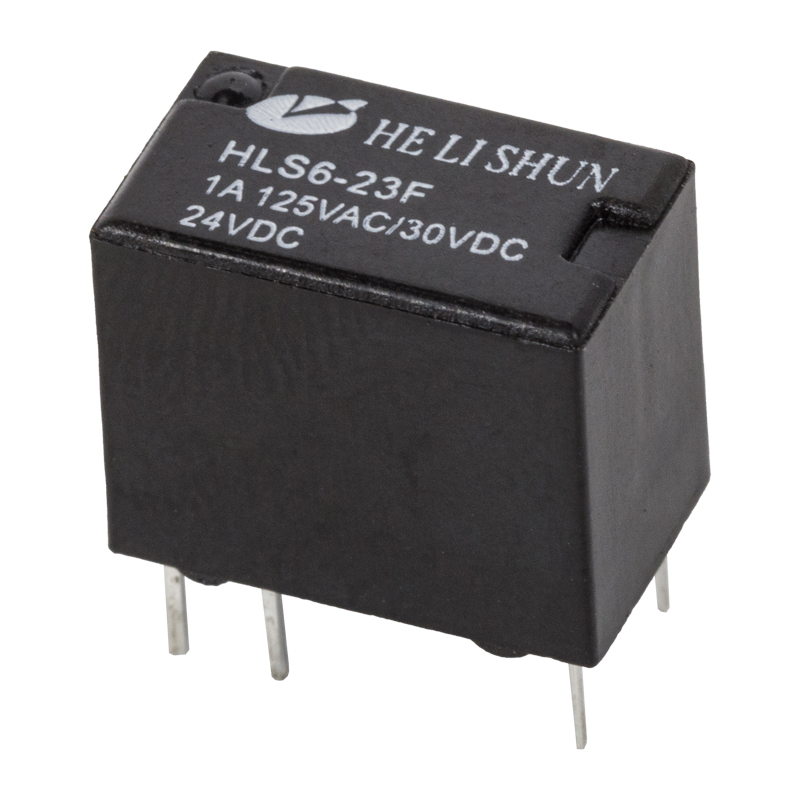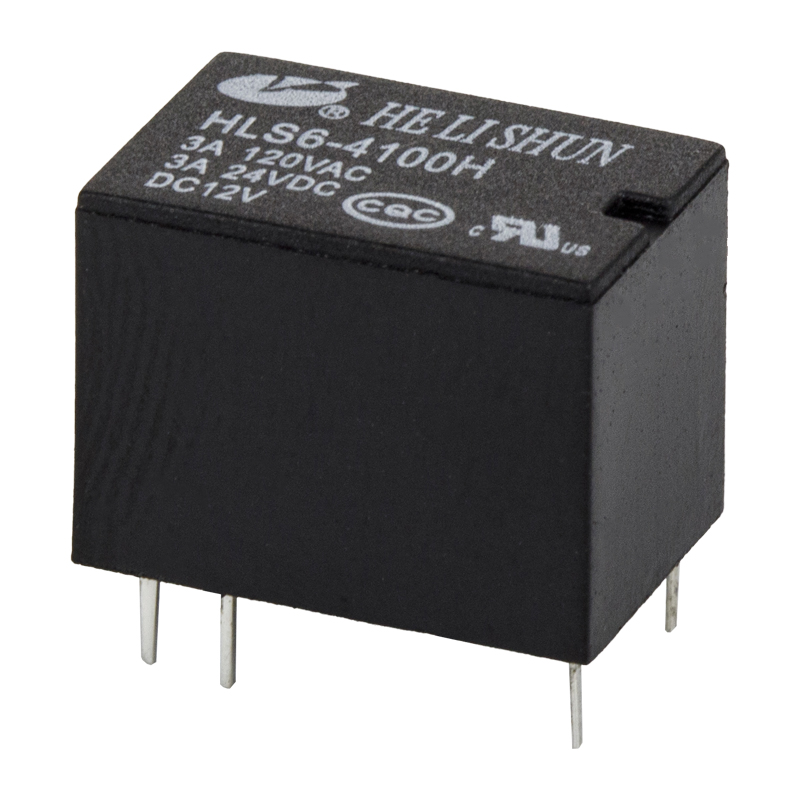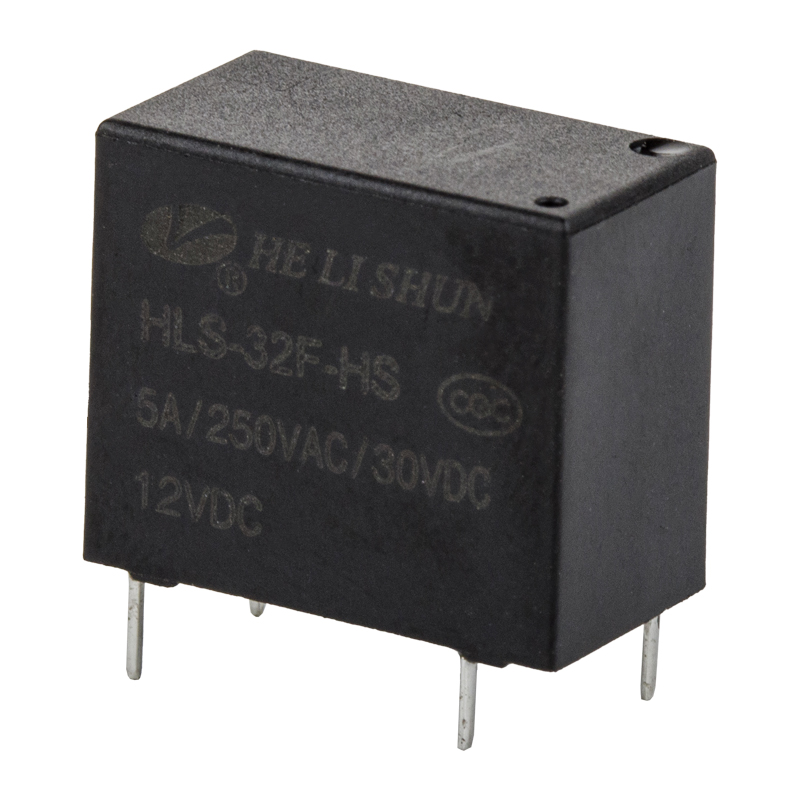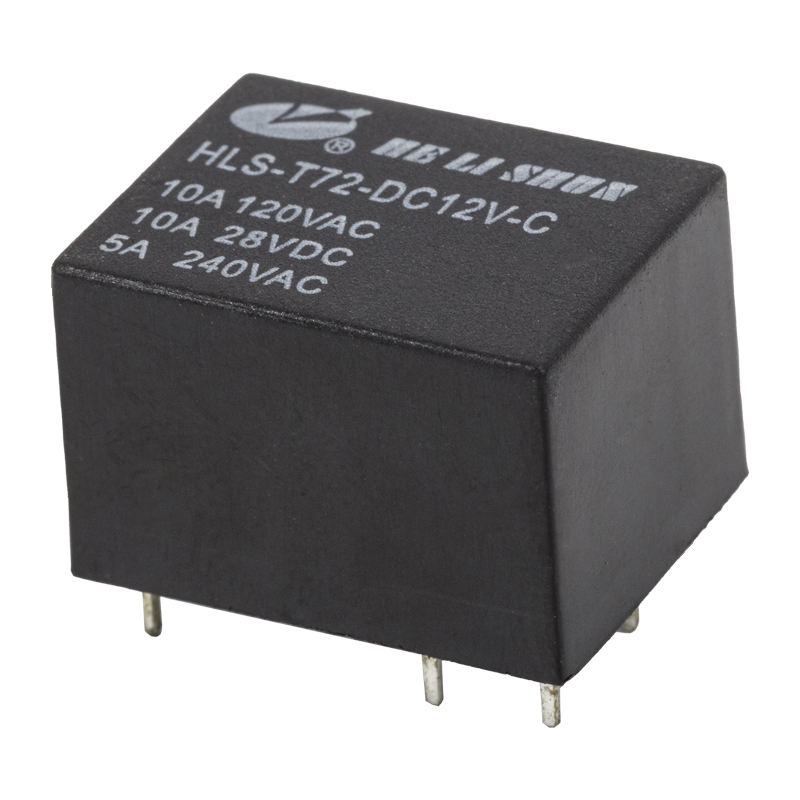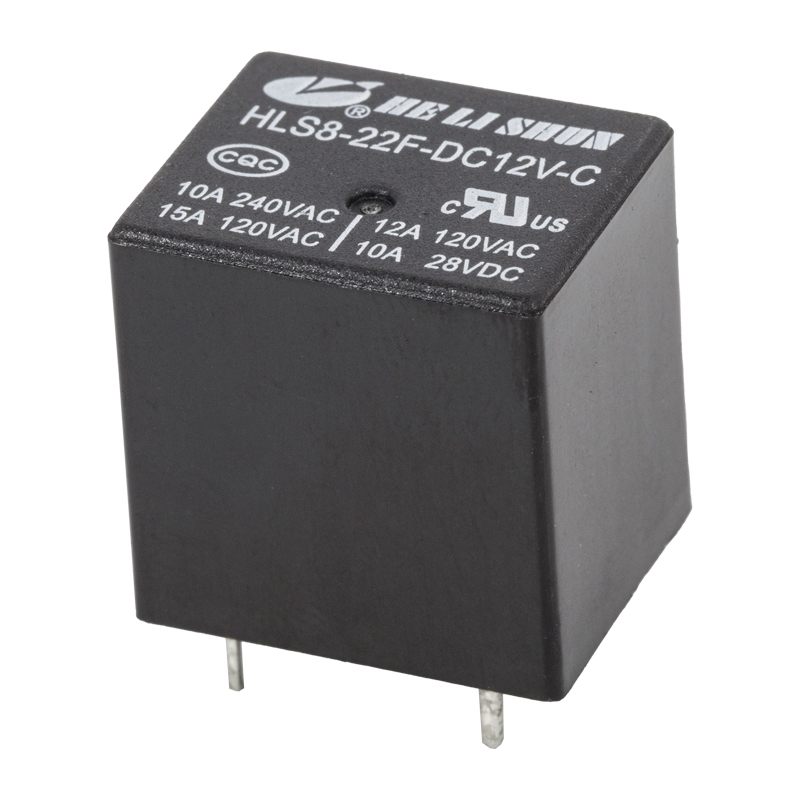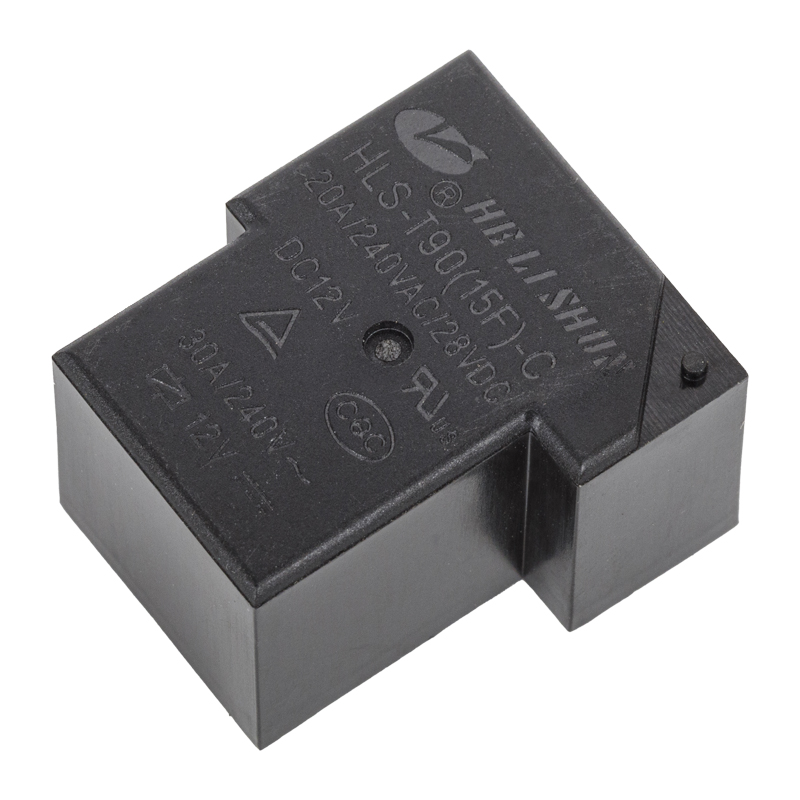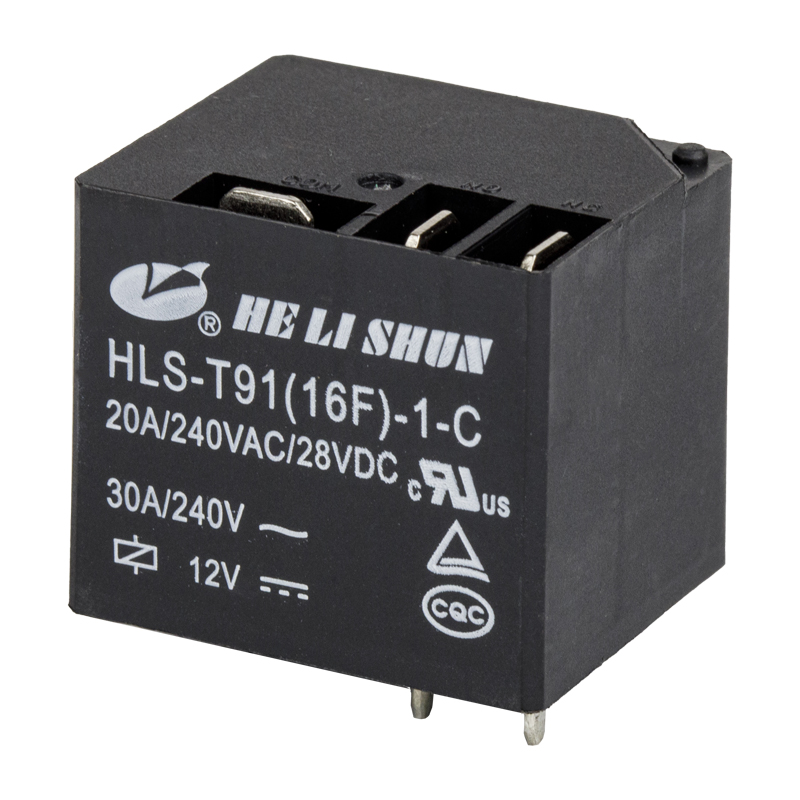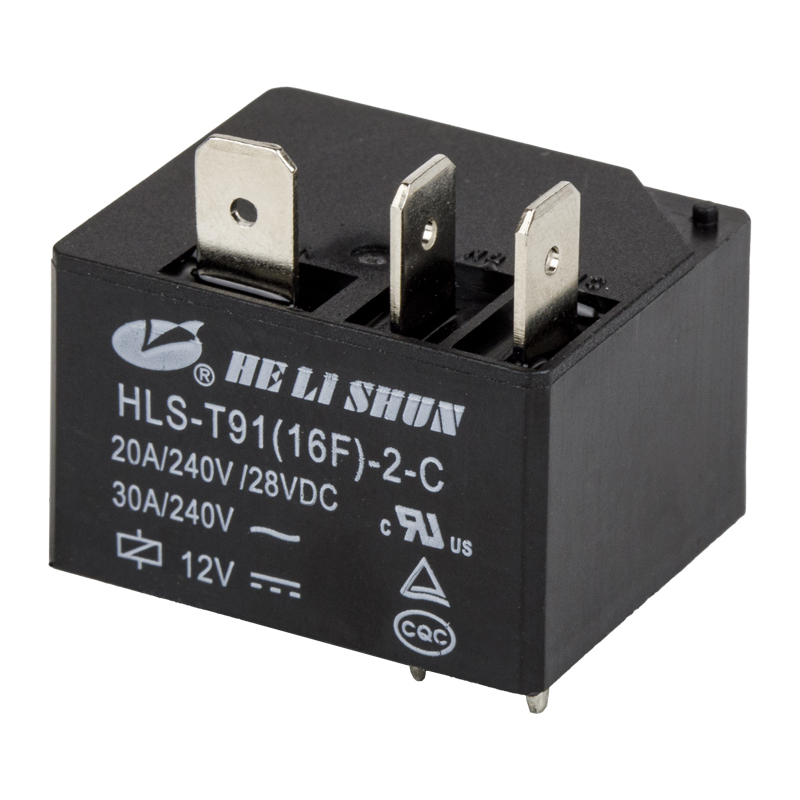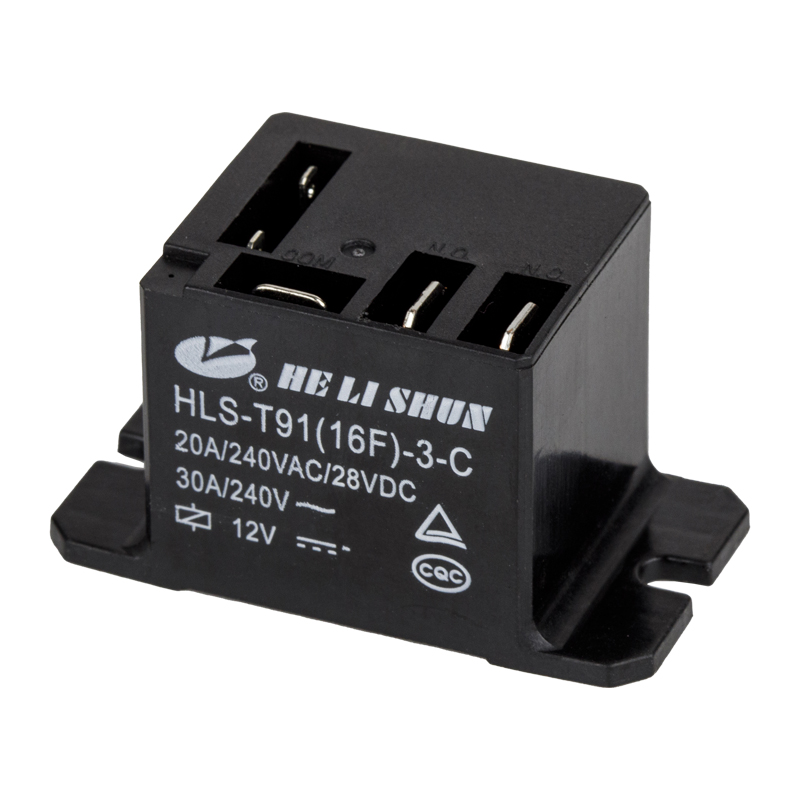As a precision electrical component designed for the automotive field, the mini automotive relay has a clearly defined operating environment temperature range of -40℃ to +85℃. In theory, under the extreme low temperature conditions of -40℃, the mini automotive relay should be able to maintain its basic functions and electrical characteristics, ensuring the normal switching of the circuit and the accurate transmission of the signal.
Although the mini automotive relay can work within the designed temperature range, its performance may undergo certain changes in an environment of -40℃ close to its lower limit of operation. The materials inside the mini automotive relay, such as contacts, springs, and insulation materials, may exhibit different physical properties at such low temperatures. For example, the conductivity and wear resistance of metal contacts may decrease, while plastic or rubber insulation materials may become more brittle and hard, increasing the risk of short circuits or insulation failure between contacts.
The lubrication mechanisms inside the mini automotive relay, such as grease or oil film, may also be challenged in an environment of -40℃. These lubricants may solidify or become viscous at low temperatures, affecting the flexibility and response speed of the relay's operating parts. This may cause the mini automotive relay to delay or become unstable, which in turn affects the performance of the entire electrical system.
In order to minimize the adverse effects of low temperature on the performance of mini automotive relays, manufacturers and users can take a series of measures. For example, choose relay materials with excellent cold resistance to ensure that they can still maintain good physical and chemical stability at extremely low temperatures. At the same time, creating a relatively warm working environment for the mini automotive relay by adding insulation layers or heaters is also an effective means to improve its low-temperature performance.
Web Menu
Product Search
Exit Menu
news
Home / News / Industry News / Can the mini automotive relay maintain its performance in an environment of -40℃?
How Can We Help You ?
We reaffirm the high quality service of "high quality, low cost", "integrity builds character, dedication to create quality" as the company's pursuit!
+86-0574-88473018 Contact UsCan the mini automotive relay maintain its performance in an environment of -40℃?
Posted by Admin | 28 Feb
PREV:Is this telecom relay good enough for applications that require stable operation in high voltage environments?
NEXT:Will the performance of the relay be affected at different altitudes?
NEXT:Will the performance of the relay be affected at different altitudes?
Related Products
-
 Hehuaqiao,Yunlong,Yinzhou District,Ningbo,Zhejiang
Hehuaqiao,Yunlong,Yinzhou District,Ningbo,Zhejiang
-
 Tel:+86-0574-88473018
Tel:+86-0574-88473018
+ 86-0574-88344018 -
 Fax:+86-574-88345918
Fax:+86-574-88345918
-
 E-mail: sales@helishun.com
E-mail: sales@helishun.com
sales2@helishun.com
About us
Ningbo Helishun Electron Co.,Ltd. is founded in 2000, located at Ningbo City, the Grand East port on the coastline of the East Sea. We are OEM/ODM Electromagnetic Relays Manufacturers in China
Extra links
QR code
Copyright ? Ningbo Helishun Electron Co.,Ltd. All Rights Reserved. Electrical Relays Suppliers




 English
English 中文简体
中文简体
